
Olive Sunbirds, Wood Mice and the Race to Save African Wildlife (Gallery)
The U.S. National Science Foundation (NSF) contributed these images to Live Science's Expert Voices: Op-Ed & Insights.
When threatened with extinction, a species' survival depends on factors ranging from genetics to landscape. Now, the NSF-supported Central African Biodiversity Alliance, with researchers from three continents, is exploring central Africa in an effort to better understand those factors and to help preserve the planet's biodiversity as temperatures warm. See a video about the effort in "Guiding African Wildlife Through Global Warming" and see animals and excursions from the research in the gallery below. (Photos courtesy of Central African Biodiversity Alliance.)
Hylomyscus

A stella wood mouse, Hylomyscus. This animal is abundant in Central African forests, and is one of nine species on which Central African Biodiversity Alliance (CABA) researchers are focusing their research.
Sunbird
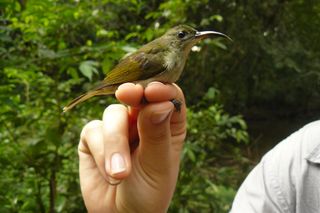
The olive sunbird, another species CABA researchers are studying. This bird was caught during field work in Gabon.
Working
Sign up for the Live Science daily newsletter now
Get the world’s most fascinating discoveries delivered straight to your inbox.

CABA members at work in the field in Gabon.
Moukalaba-Doudou Park
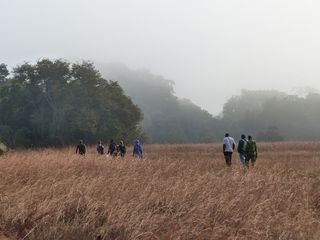
CABA members trek through Moukalaba-Doudou National Park in Gabon.
Samples for analysis

Drexel University biologist Katy Gonder collects chimpanzee fecal samples in Lobeke National Park in Cameroon for genetic analysis. Gonder is one of the lead scientists in the Central African Biodiversity Alliance.
One creature
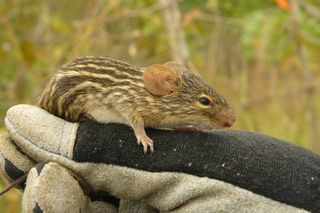
A rodent collected during fieldwork in Gabon.
Getting ready

CABA members get ready for a day of fieldwork in Cameroon's Ebo forest, home to gorillas and chimpanzees.
Measuring the greenery
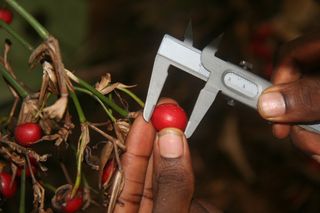
A CABA member takes measurements of Arrowroot berries. The plant is one of the nine species of animals and plants the group is researching.
Perched
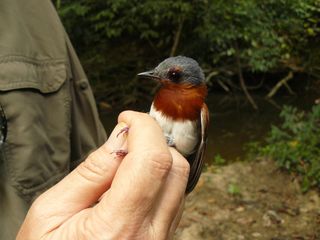
A CABA researcher with a bird caught during field work in Gabon.
Follow all of the Expert Voices issues and debates — and become part of the discussion — on Facebook, Twitter and Google+. The views expressed are those of the author and do not necessarily reflect the views of the publisher. This version of the article was originally published on Live Science.
Most Popular


